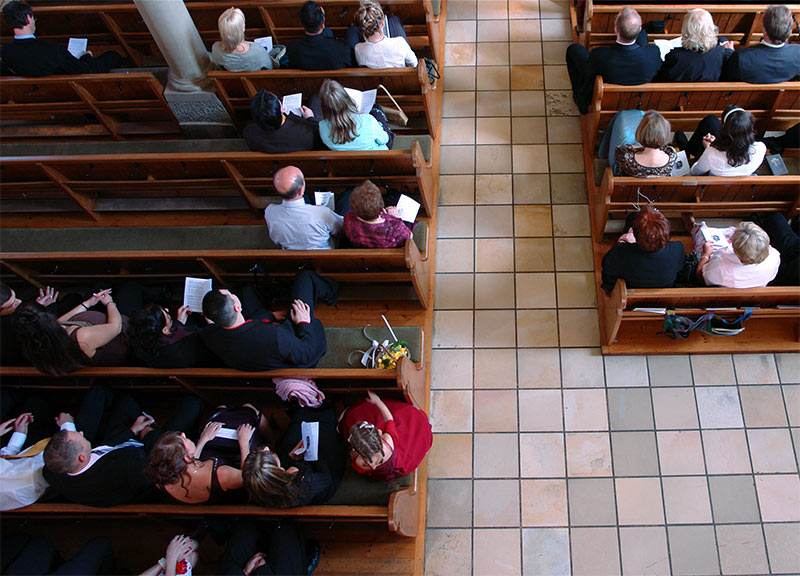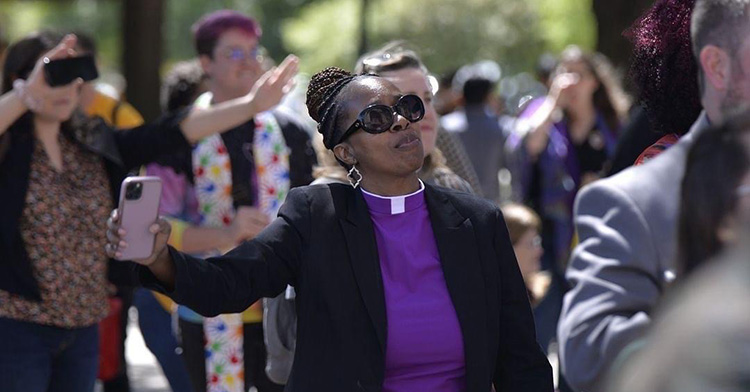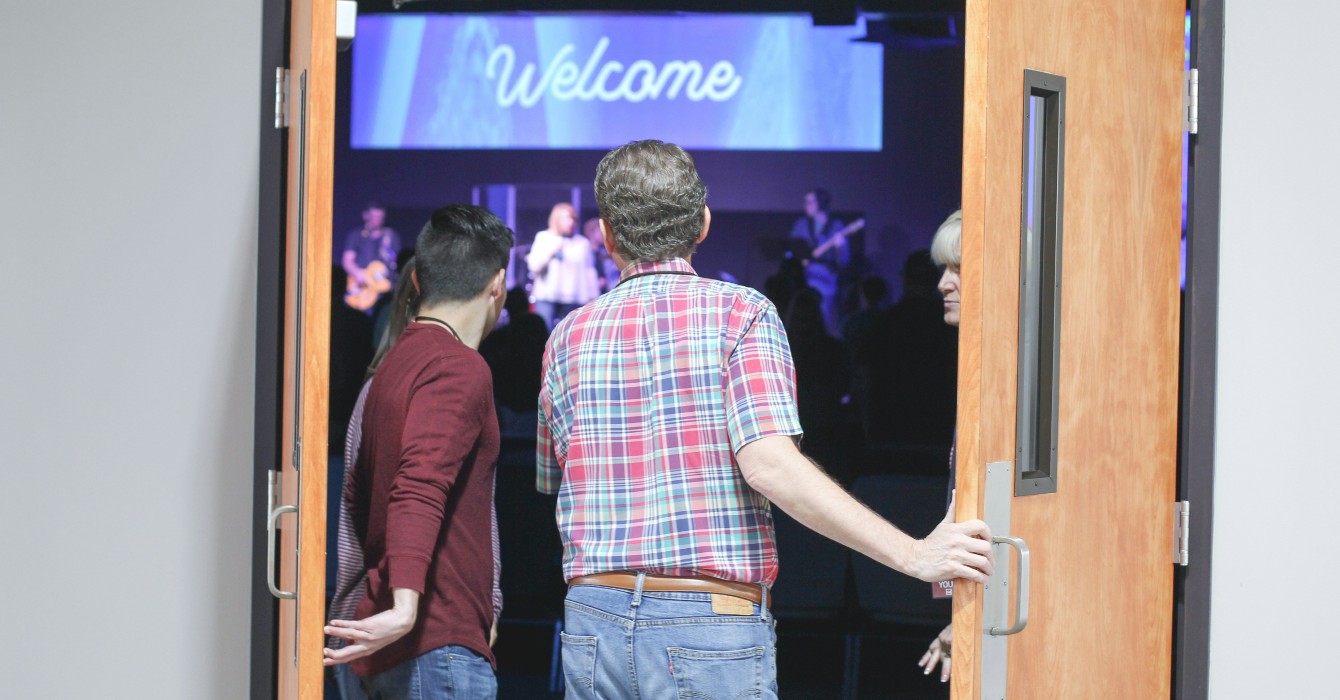When faced with the COVID-19 pandemic, congregations of all sizes overwhelmingly embraced virtual services to ensure that they stayed connected with their members and communities. Recent research suggests that this shift to technology is here to stay.
It was only a few years ago that online church and the adoption of digital technology ranked last among pastors’ concerns, as evidenced in Barna’s State of the Church 2020 research.
The yearlong project, which launched Feb. 3, 2020, with the release of a report on pastors’ concerns, revealed that “challenges to the traditional church model (e.g., house churches, online churches)” ranked next-to-last, at 21st, for respondents, while “keeping up with the latest digital and technological trends” ranked last, at 22nd.
Of the 547 pastors surveyed, only 11% and 7%, respectively, rated those issues as “concerns facing the Christian church in the U.S. today.”
“The pandemic forced a seismic paradigm shift for most pastors,” said Nona Jones, who is chief content and partnerships officer for the online Bible platform YouVersion and also co-leads the Open Door Ministries church in Gainesville, Florida.
Jones is among numerous congregational leaders and researchers who are convinced that the hybrid offering of church services will be a lasting model.
“I believe the digital church is definitely here to stay,” Jones said. “Churches continue to livestream at unprecedented levels, and they are using digital connection platforms like never before.”
Early findings from a more recent Exploring the Pandemic Impact on Congregations (EPIC) survey support that trend, according to Scott Thumma, the principal investigator for the project, a professor of sociology of religion at Hartford International University for Religion and Peace, and the director of the Hartford Institute for Religion Research.
“When asked if they will continue to do hybrid worship five years from now, we’re still seeing a pretty consistent number of churches — about 80% — who say they will,” Thumma said. “Based on about 2,000 responses we have received so far, nearly everyone who is doing hybrid worship plans to continue to do hybrid worship.”
Developing a strategy for church growth through online engagement
In the face of declining church membership, online engagement may provide a path for churches to continue their impact — and growth.
According to initial EPIC study findings, churches experienced a 12% decline in attendance during the two-year period from 2019 to 2021. In comparison, U.S. congregations had experienced a five-year median attendance decline of 7% pre-pandemic, according to the 2020 Faith Communities Today survey.
However, the 2019-2021 decline was not experienced across the board. Just over a third of churches did report a decline of 25% or more in attendance. But looking more closely, 15% reported stable attendance, and 28% of congregations actually experienced growth.
The mode of worship delivery made a significant difference. Churches that met only in person saw a decline of 15.7%; those that met only online, 7.3%. But congregations offering hybrid services showed overall growth of 4.5%.
“It’s pretty clear that the pandemic has shifted human behavior and social organizations,” Thumma said. “We see it in restaurants, movie theaters, … in every aspect of our lives. So it’s not surprising that churches feel that as well.”
According to John D. Witvliet, the director of the Calvin Institute of Christian Worship, which regularly hosts conferences for hundreds of congregational leaders, many pastors are increasingly conveying that they are seeking ways to use technology to cultivate deeper relationships, participation and overall engagement.
“It’s one thing for a congregation to livestream a service or event to a largely passive audience,” he said. “But it’s another to have a congregation actively seek to engage people through a Zoom chat, an email exchange or a phone call after they’ve just watched a service. We have definitely noticed churches are engaged in all kinds of experiments on how to enhance and deepen engagement.”
Witvliet said that many of the pastors he interacted with during recent conferences were hopeful about the positive impact they could make on people’s lives through a hybrid church experience.
When considering a plan to build a stronger online church experience, Jones said, it is important to move forward strategically and prayerfully.
“An online church should be approached with as much planning and consideration as you would approach launching a new physical church,” she said. “I often joke that you wouldn’t launch a physical campus out of the blue one day — see a ‘For Sale’ sign and buy the building and have a church service that night.
“You would prayerfully think about where you want to open the location, then once that is decided, you would probably start embedding yourself in that area of town — getting to know the neighborhood and business community,” she said. “You would then raise or allocate funds to get a solid staff in place to serve the new congregation and have that team begin inviting people to your launch service.”
The same intentional approach should be taken for a digital ministry, Jones said.



































